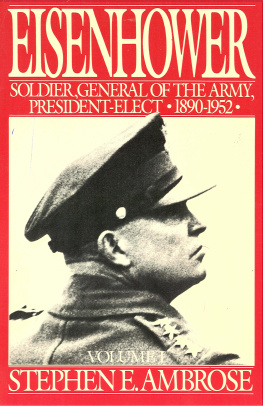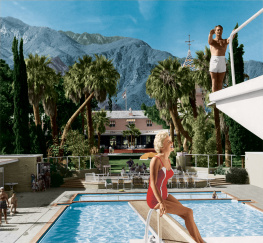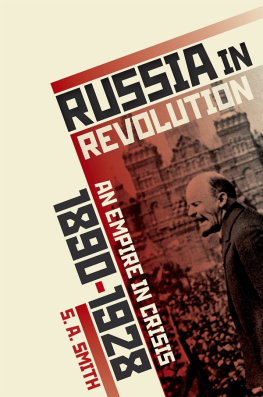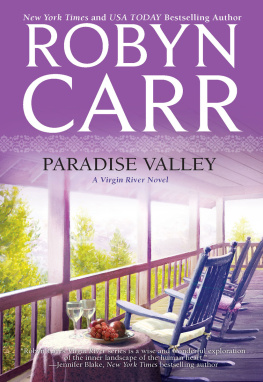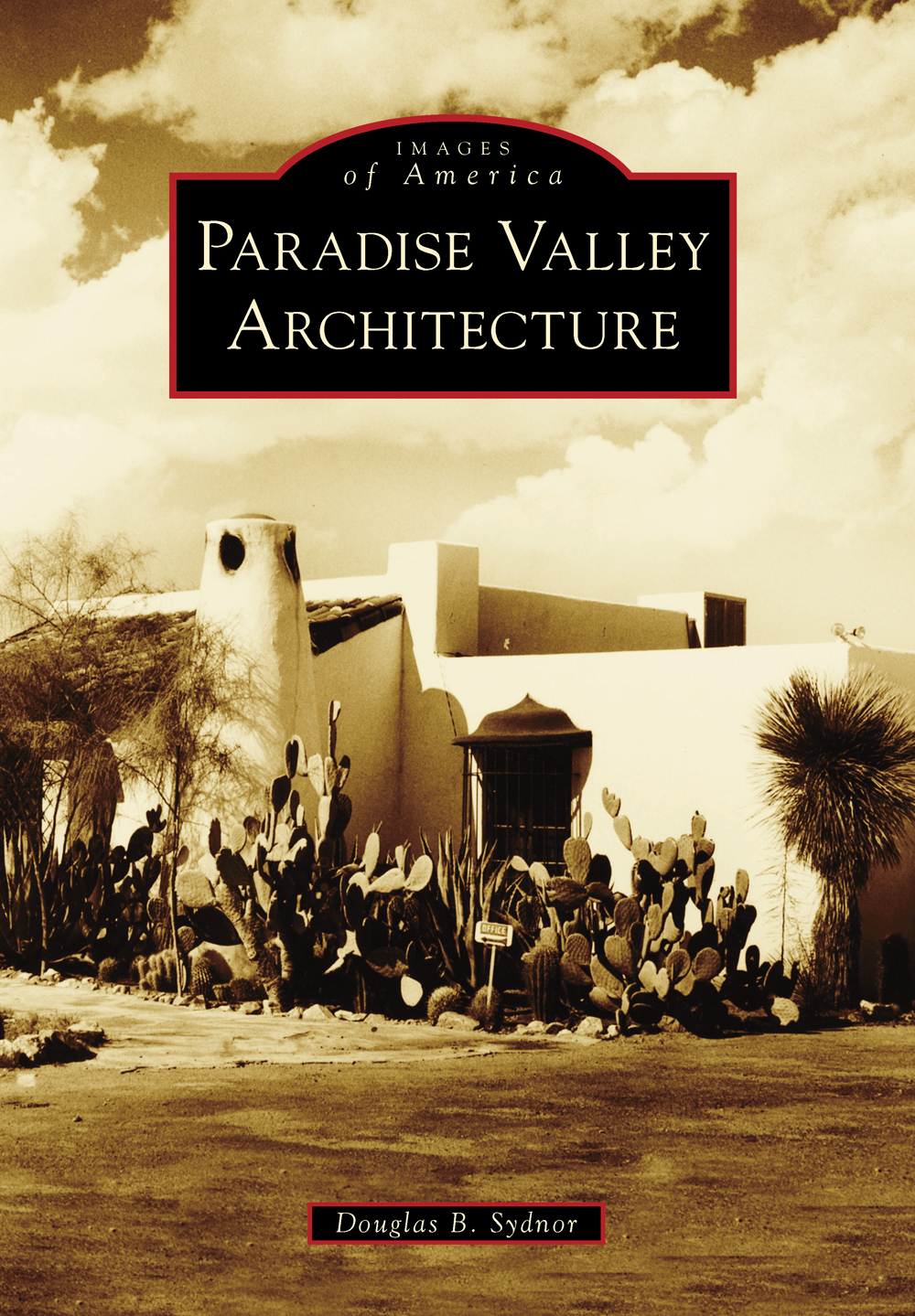
IMAGES
of America
PARADISE VALLEY
ARCHITECTURE

RANCHO LUCERO, 1951. This East Berneil Lane home, Starlight Ranch, was named after favorite quarter horse, Starlight. Mrs. McKnight, who designed the home, wanted an adobe residence with lush greenery and pleasant gardens. The house was intended to resemble a Mexican village, with a main house, a guesthouse, and a cottage. This photograph of the original owner Robert McKnight looks east toward Scottsdale, capturing the open, undeveloped desert. (Jamey and Linda Cohn.)
ON THE COVER: The original structure was built from 1928 to 1930 and was known as Los Arcos but was later named Casa Hermosa, which means beautiful house. It was hand built by the local cowboy artist Alonzo Lon Megargee III. He studied architecture in Mexico and Spain, which led to this blended Pueblo and Spanish Colonial Revivalstyle hacienda. In 1947, it became the Hermosa Inn, which served up to 17 guests. The inn closed after a fire in 1987, was renovated, and reopened in 1992. (Scottsdale Historical Society.)
IMAGES
of America
PARADISE VALLEY
ARCHITECTURE
Douglas B. Sydnor

Copyright 2013 by Douglas B. Sydnor
ISBN 978-0-7385-9659-4
Ebook ISBN 9781439643433
Published by Arcadia Publishing
Charleston, South Carolina
Library of Congress Control Number: 2012947150
For all general information, please contact Arcadia Publishing:
Telephone 843-853-2070
Fax 843-853-0044
E-mail
For customer service and orders:
Toll-Free 1-888-313-2665
Visit us on the Internet at www.arcadiapublishing.com
To my fellow Arizona architects, who have delivered extraordinary architecture over the decades.
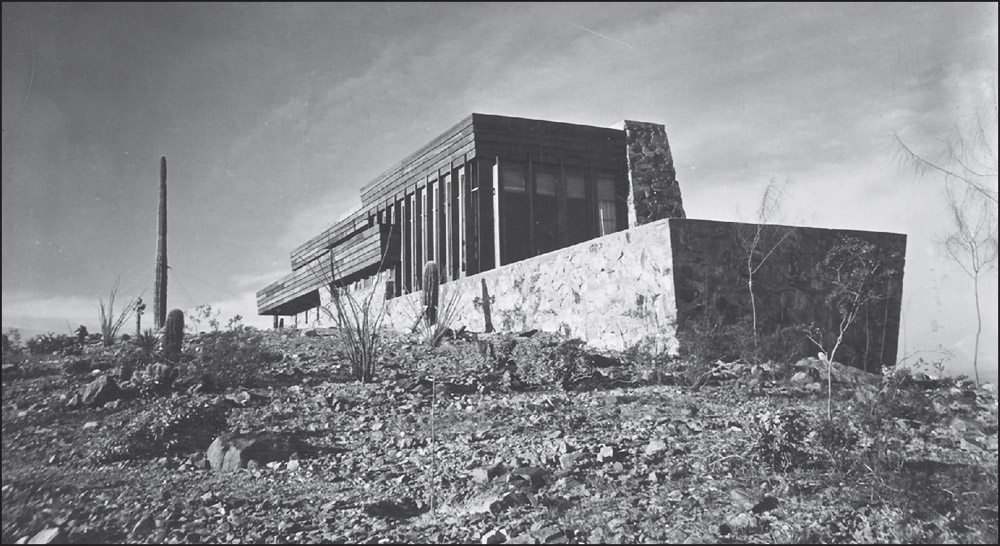
PAUSON RESIDENCE, 1941. Architect Frank Lloyd Wright designed this custom residence for two sisters, artists from San Francisco, California. It was located at 5859 North Thirty-first Street on what is now the Thirty-second Street alignment. This organically composed structure without air conditioning was constructed of desert masonry with natural stones cast into battered concrete walls. A fire in 1943 destroyed the home. (Janie Ellis.)
CONTENTS
ACKNOWLEDGMENTS
We extend sincere thanks to various individuals and organizations that have provided many inspiring images and relevant facts for Paradise Valley Architecture, including Dana Braccia of the Scottsdale Public Library System, Charles P. Brown, Donald J. Christensen, Jamey and Linda Cohn, Earl and Judy Eisenhower, Janie Ellis, Betsy Fahlman, Melissa Fought, Mike Gildersleeve, Barney J. Gonzales, and Dan Gruber. In addition, support came from Timothy Hursley, Ken and Norma Jones, Don Kaufman, Alison King, Neil Koppes, Jim and Molly Larkin, and Jason Drobish, Natalie Montenegrino, Beth Wickstrom, and Catherine Kauffman of the Town of Paradise Valley Historical Committee. Many thanks are also extended to Melissa Murray; Tina Litteral and Diana Smith, American Institute of Architects; Jerry Meek; Brian Ralphs; Arnold Roy, RA; Tom Silverman; Nicole Snyder; Mary Gayle Stewart; Flora M. Swanson; Dr. Mae Sue Talley; Bill Timmerman; Fred Unger; Gretchen Manker; Heidi Parmenter; Joann Tull; Agnese Udinotti; Pat VanVelser Heard; Flip Weber; and Judy Zuber.
Architects who provided invaluable professional photographs include Kenneth Allen, AIA; W. Brent Armstrong, AIA; William P. Bruder, FAIA; Brian Cassidy, AIA; Jack DeBartolo Jr., FAIA; John Douglas, FAIA; Lawrence Enyart, FAIA; Steven Holl, FAIA; Edward Jones, AIA; Neal Jones, AIA; Hugh Knoell, AIA; Mark Philp, AIA; Matt Sallinger, AIA; Edward B. Sawyer Jr., RA; Vernon Swaback, FAIA; and Mark Vinson, FAIA.
Joan Fudala and JoAnn Handley of the Scottsdale Historical Society provided essential support to this effort, including editing and verifying facts. Deep appreciation goes to Joshua Carter, Nathanial Landreville, and my daughter Elizabeth for helping with production mechanics.
It was a true joy featuring the finest and most inspiring architecture of Paradise Valley as I have lived among it for over 50 years. There has been a rude awakening at the pace at which we are losing such fine work through demolition and insensitive renovations. This book reminds us, once again, how essential it is to create and preserve our archives, record such historically significant images, and expand our resources for future generations, so that they will appreciate our amazing, rich, and diversified architectural history.
INTRODUCTION
Those who know the town of Paradise Valley as one of the most affluent zip codes (85253) in the United States, and home to celebrities and captains of industry, find it difficult to make the mental jump back in time to when the Paradise Valley was an open desert landscape where cattle and sheep grazed during the early 1900s. Let us explore the natural forces, decisive moments, and mindset that created this desirable desert community with open space, magnificent vistas, and a quiet rural lifestyle in the middle of an urban metropolis.
The geology of the area is quite old, and includes a metamorphic type of granite rock called schist. The mountain ranges are relatively young, formed about 14 million years ago as the earths crust was stretched in the northeast to southwest direction, elevating the mountains and lowering the basins between them. Paradise Valley is in the basin between Camelback Mountain to the south and Mummy Mountain to the north. It is therefore spatially defined by some of natures most profound architecturemountains. Camelback Mountain continues to be quite dramatic, with a profile resembling a camel; the west end camel head has very sculptural forms, strong shadows, and a coloration that is ever-changing as the sun sets to the west.
Paradise Valley was originally a more remote location northeast of Phoenix, but Phoenix evolved into a large sprawling city, the sixth largest in the United States. East of the community is Scottsdale, a former farming community that now has a population of about 215,000. Scottsdale incorporated in 1951, or 10 years earlier than the Town of Paradise Valley. Phoenix and Scottsdale grew quickly with development and within close reach of Paradise Valley. With the threat of annexations and the risk of them bringing more government, more taxes, and not respecting the open desert environment, the residents debated incorporation starting in 1949; they were eventually successful in 1961. Incorporation enabled this new municipality to control its destiny, while addressing various infrastructure improvements.
Since the 1940s, Paradise Valley has had a consistent commitment to respecting and maintaining the aesthetics of the lower Sonoran Desert and has evolved into a mostly private enclave within the Phoenix metropolitan area for the educated, wealthy, culturally savvy, and well-traveled.
Paradise Valley Architecture focuses on the primary building types found within the community. Within each type, a wide range of architectural characters are featured, from the revival styles as Spanish Colonial, Pueblo, Mission, and Tuscan to more contemporary approaches as Mid-century Ranch, Organic, International, and Post Modern. Along with the specific styles, building forms, structural expression, and materials are also described.
Next page


